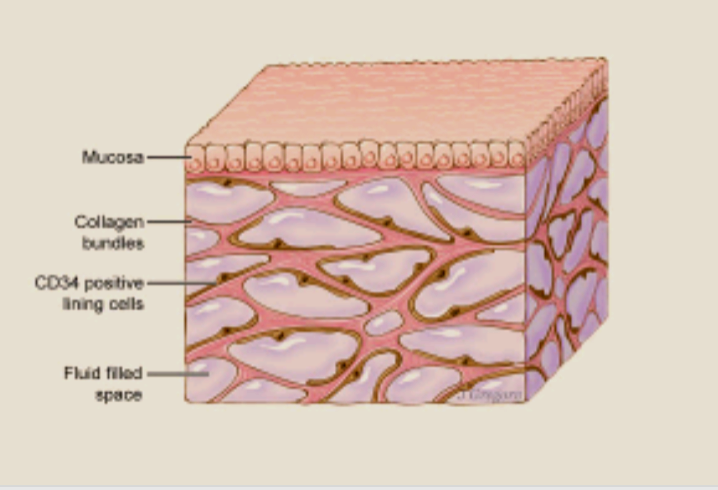By: Jen´na Brown
OwlFeed Journalist
In an report recently published on March 27, scientific reports have discovered a fluid-filled vessel hidden in plain sight. This was all thanks to an confocal laser endomicroscopy lead by Dr. David L. Carr Locke and Dr. Petros C. Benias.

When Locke and Benias came across this vessel they sent pictures to pathologist Dr. Neil D. Theise whom they then continued their research with among several other doctors to figure out just what the vessel was. In their study, they looked at multiple parts of the body to see where else the interstitium resides.
¨We observed similar structures when we extended our study to include the dermis, peri-arterial stroma, submucosa of the viscera (gastrointestinal tract, urinary bladder), bronchial tree of the lungs, and fascial planes of the musculoskeletal system and adipose tissue, and as a result propose a large-scale revision of the macro- and microanatomy of the human interstitium¨ reported Dr. Theise.
Since they had not cut open this strange fluid-filled vessel, they were able to maintain the main function of the Interstitium. This practice of cutting open this vessel has been very common among researchers for years which is the reason that we have never encountered it.
When the Interstitium is sliced open the fluid is no longer in the vessel and without its main function, the Interstitium clampses into each other and turns into an pancake type substance. Due to the help of a probe based confocal laser endomicroscopy, the main structure of the interstitium was stable.
¨The reason why we’ve missed it all this time can be attributed to our methodologies and technologies of microscopy of the human body; when we cut and stain samples from the human body, our methods quietly drain the fluids from the interstitial space without us noticing,¨ said Mr. McBee, an AP Biology and Honors Anatomy & Physiology teacher here at Agua Fria High School.
There are multiple pieces to the interstitium: There is the mucosa which is a layer of cells that secrete mucus to protect the body organs they surround, the collagen bundles which function to keep the skin strong and elastic and replaces dead skin cells, the CD34 positive lining cells that support both the mesenchymal and epithelial cells, and the fluid filled space that seems to be the main function of the interstitium.
The interstitium is located beneath the top layer of the skin lining the lungs, urinary system and surrounding the blood vessels and fascia between muscles in the body and is said to be located in between other organs, surrounding arteries and veins. Scientists believe that the interstitium could work as a shock absorber that keeps tissues from tearing as certain parts of the body contract.
¨[The interstitium] series of spaces, supported by a meshwork of strong (collagen) and flexible (elastin) connective tissue proteins, may act like shock absorbers that keep tissues from tearing as organs, muscles, and vessels squeeze, pump, and pulse as part of daily function,¨ reported NYU Langone Health.
The discovery of the interstitium can lead to further understanding of cancer and future advancements in medicine. Since the Interstitium is one of the largest organs in the body, this could allow researchers to factor this into their research into different diseases. It could possibly enable doctors and scientists to increase the accuracy in which they diagnose patients and the dosage of medicine they give.
“This finding has potential to drive dramatic advances in medicine, including the possibility that the direct sampling of interstitial fluid may become a powerful diagnostic tool” as reported by Independent.

